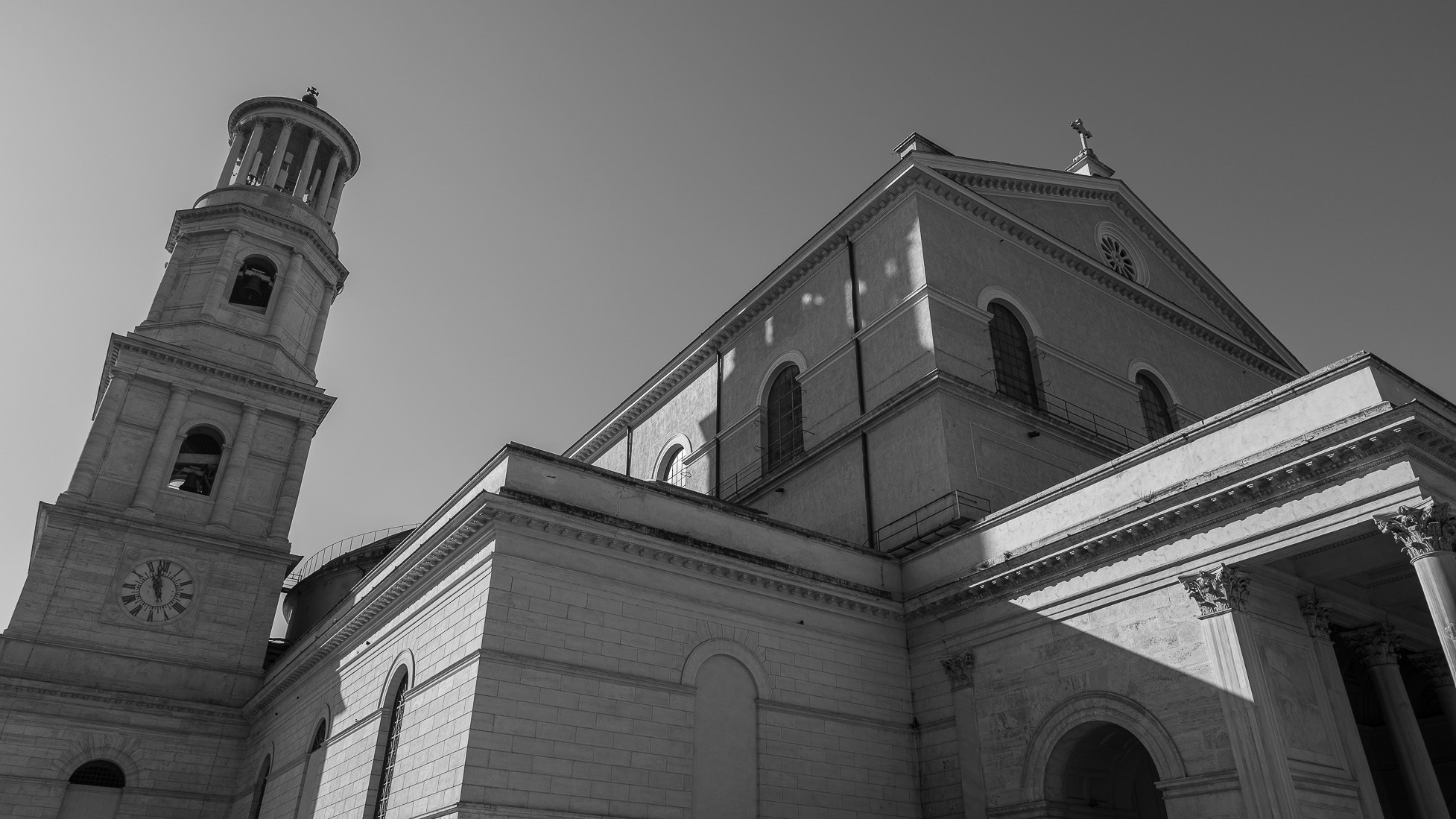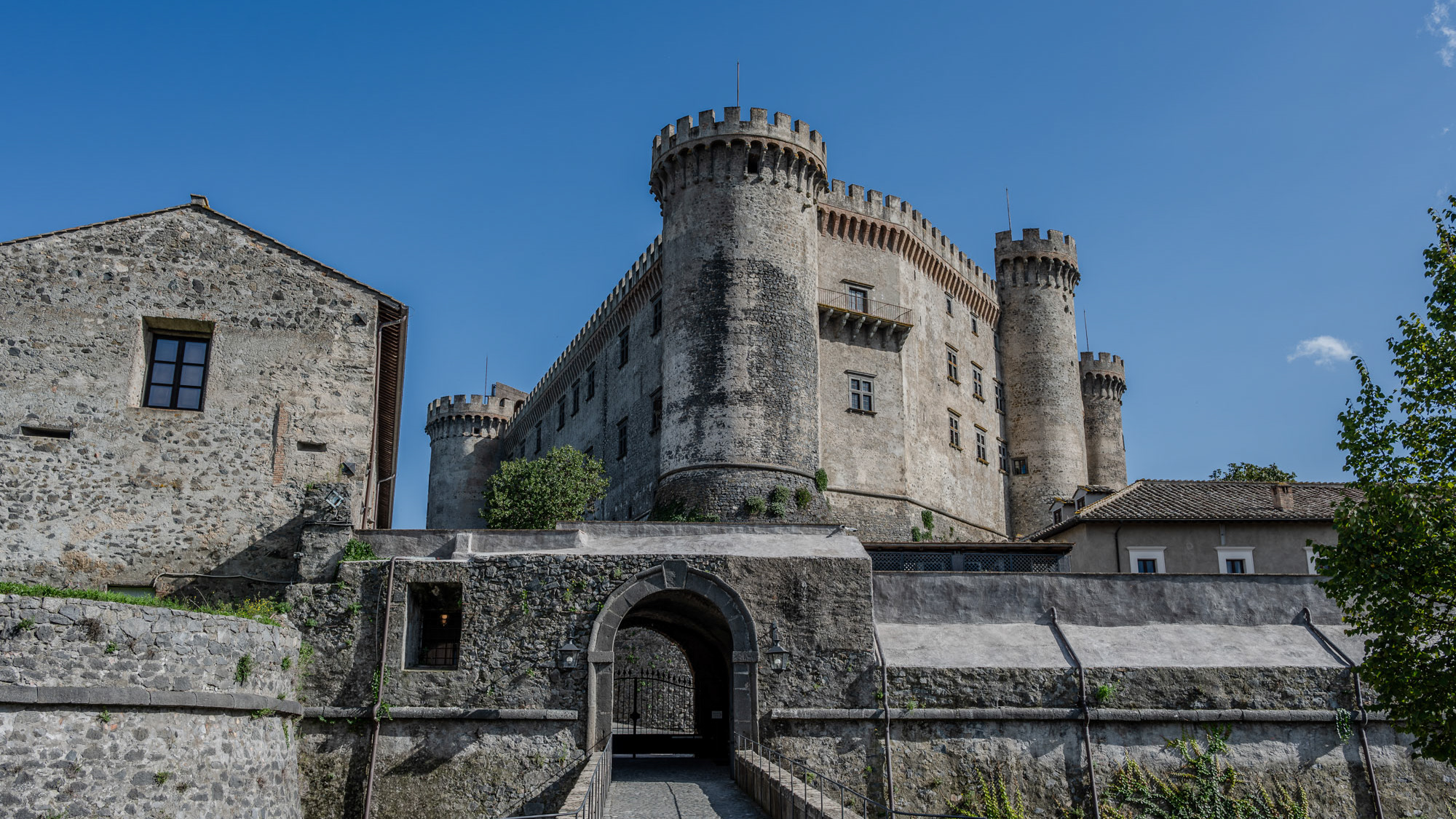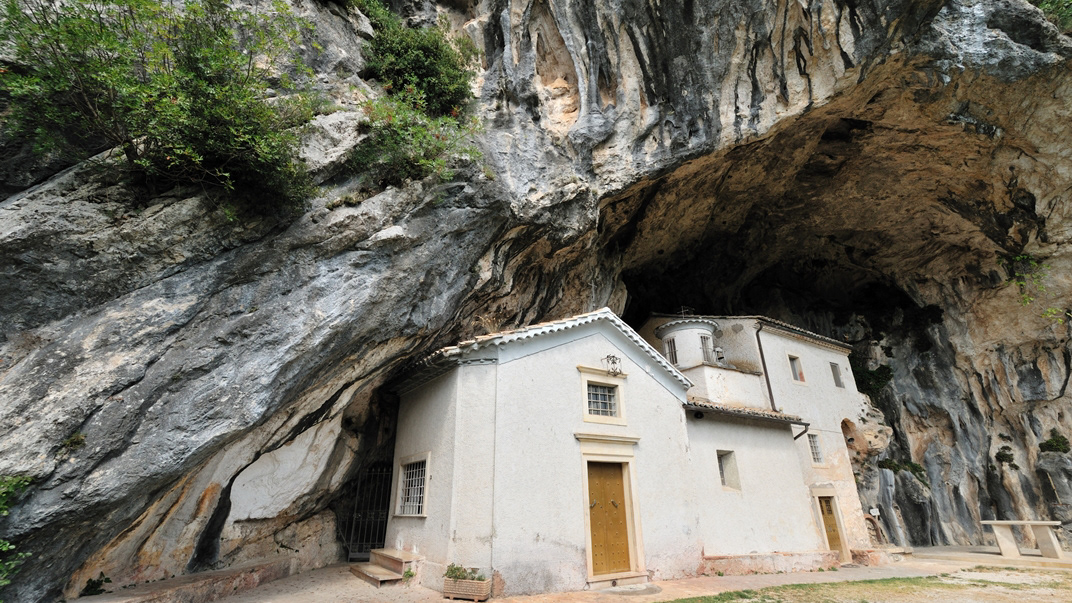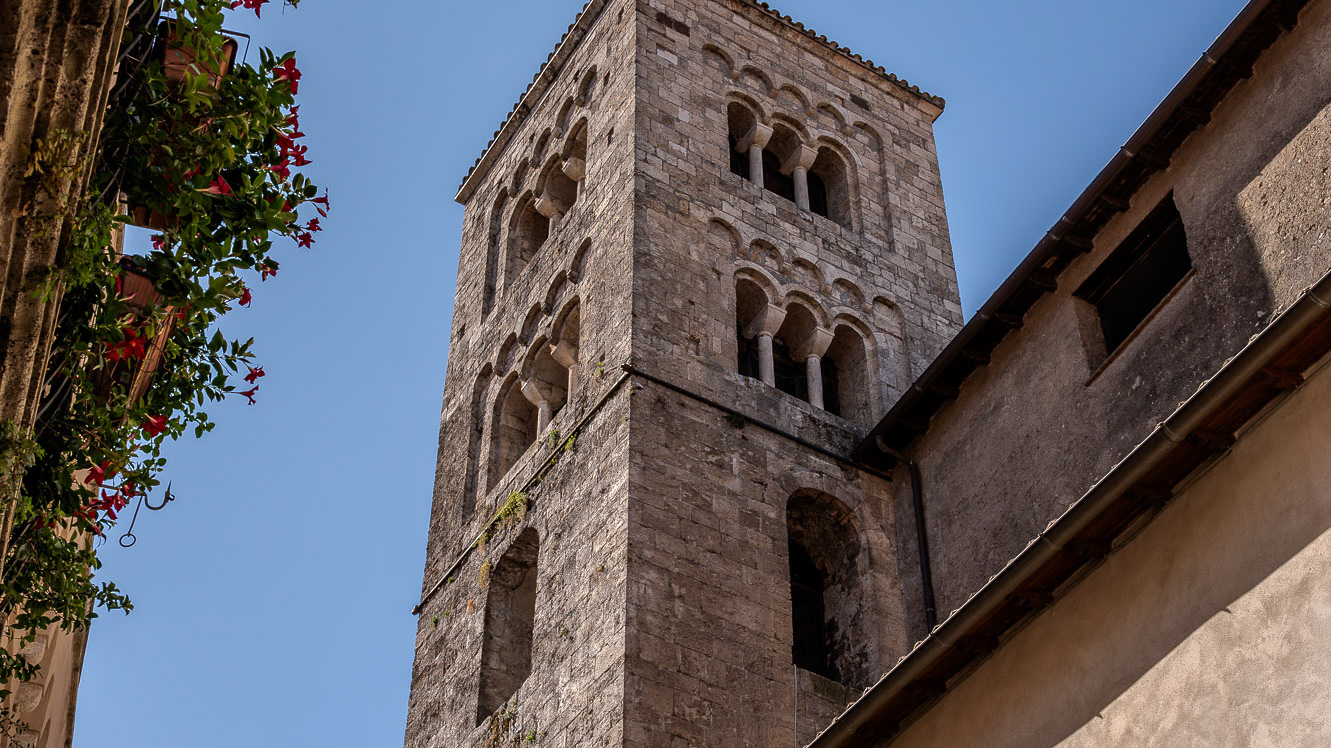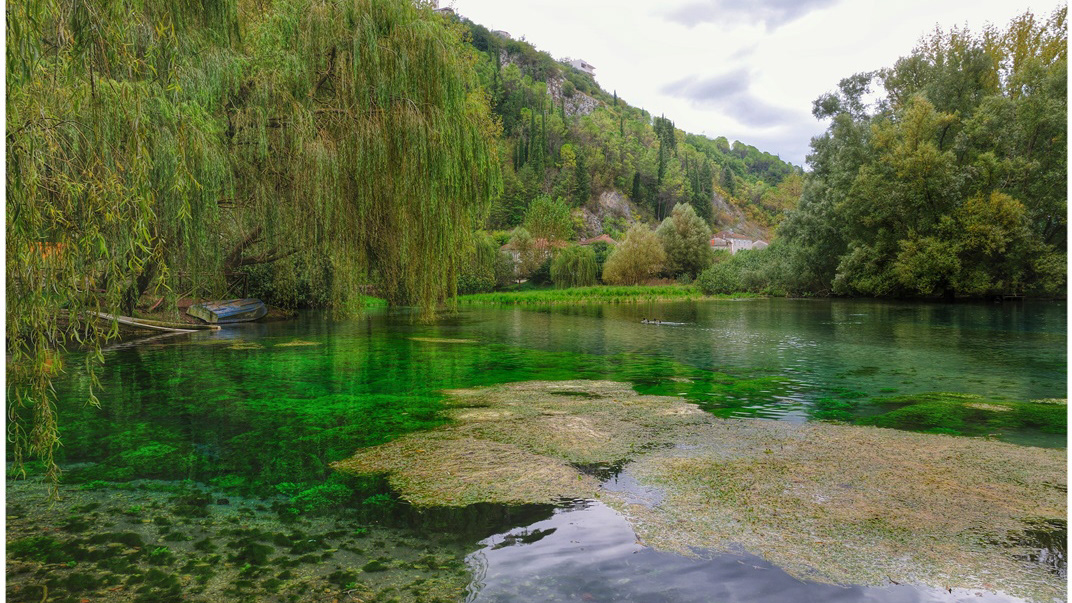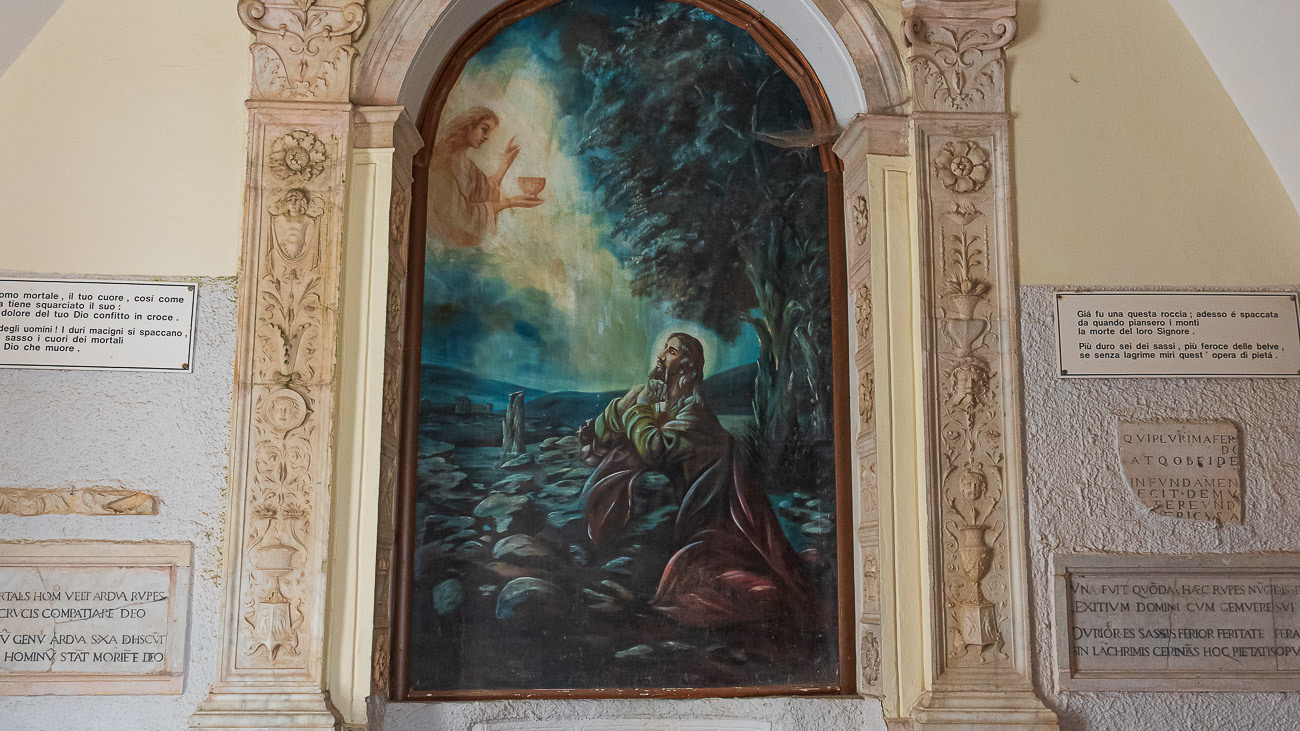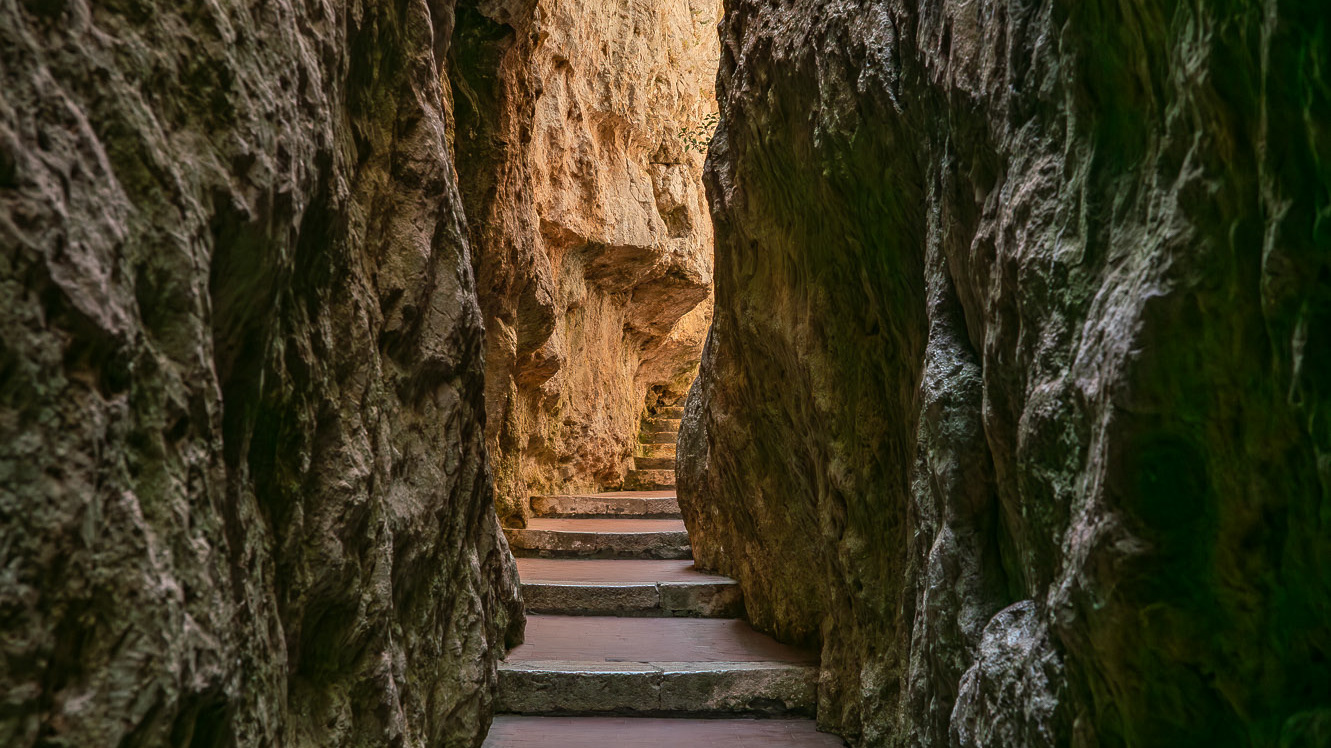Roma. Papal Major Basilica of St. Peter in the Vatican
St. Peter's Basilica in the Vatican, officially the Papal Major Basilica of St. Peter in the Vatican, is a Roman Catholic basilica located in St. Peter's Square in the Vatican City state; it is a masterpiece of Italian art and one of the symbols of Rome, of which it dominates the panorama. It is the largest of Rome's four papal basilicas and is often described as the largest church in the world both for its size and, metaphorically, for its importance as a center of Catholicism. However, it is not the cathedral church of the Roman diocese since this title belongs to the basilica of San Giovanni in Laterano, which is also the first in dignity being the Mother and Head of all the Churches of the City and of the World. As a papal chapel, located adjacent to the Apostolic Palace, St. Peter's Basilica is the seat of the main manifestations of Catholic worship and is therefore in solemn function on the occasion of the main papal celebrations. Under the pontificate of Pius IX it hosted the sessions of the First Vatican Council and under Pope John XXIII and Paul VI those of the Second Vatican Council. In addition to its liturgical importance, due to its thousand-year history, the workers involved, the exceptional technical and artistic quality, as well as the enormous and lasting influence it exerted on later architecture, St. Peter's basilica is widely considered one of the absolute masterpieces and one of the most important achievements in the history of architecture, and is included in the UNESCO World Heritage Site called Vatican City and established in 1984.
You may also like
